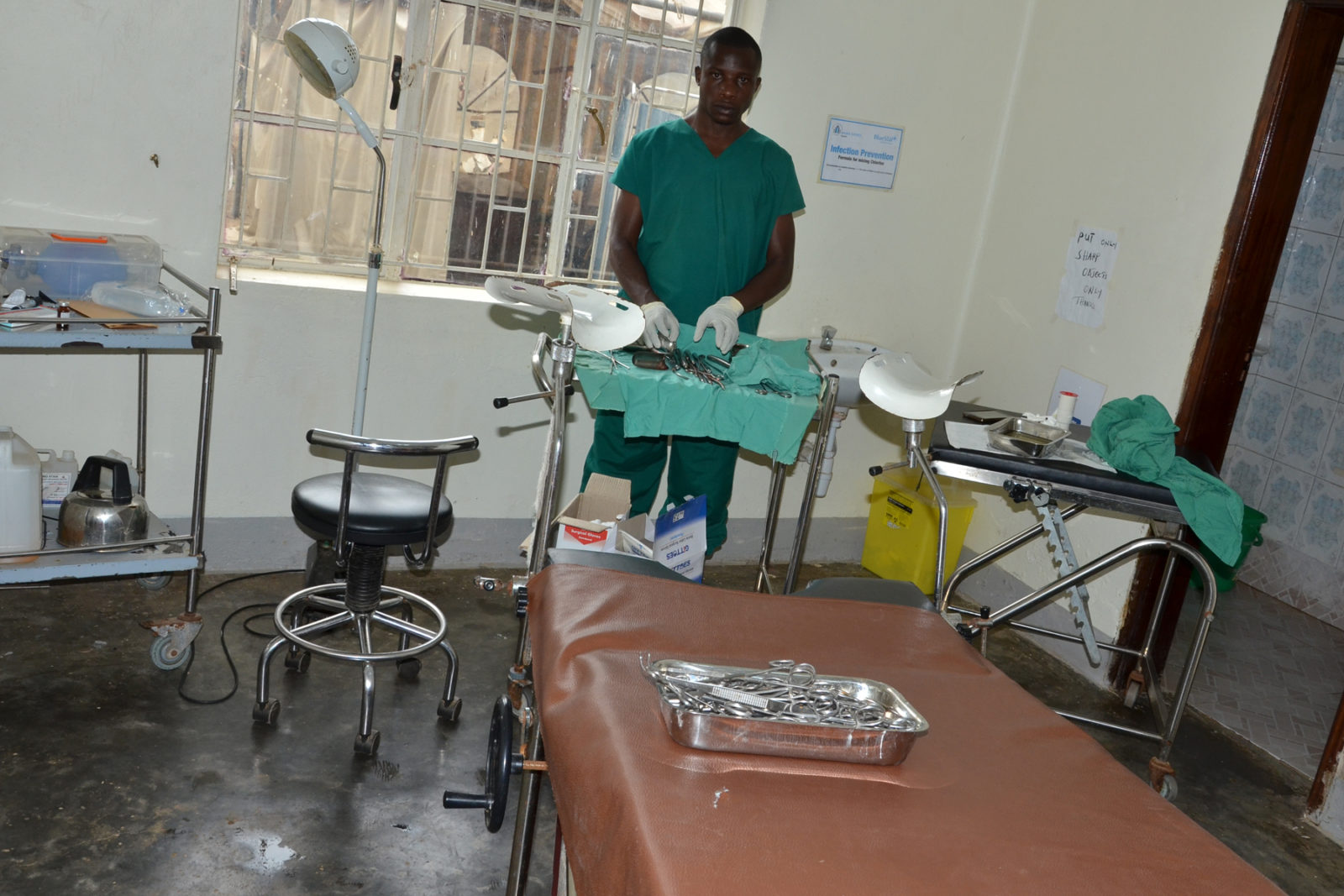Kabwohe Clinical Research Center (KCRC) in collaboration with Children’s AIDS Fund (CAF Uganda) is currently offering free safe male circumcision. This service was launched as an effective HIV prevention strategy based on research findings that circumcision reduces the risk of HIV acquisition in circumcised men by 60%. The safe male circumcision package includes pre-and post-surgical counseling, surgery, follow-up medical care. KCRC has a minor surgical theatre where circumcisions are carried out by qualified medical personnel.
What is male circumcision?
Male circumcision is the surgical removal of the foreskin covering the end of the penis so that the glans (or knob) is permanently exposed. The foreskin in the male penis does not have any function and there is no biological difference between a circumcised man and a man who is not circumcised.
Is male circumcision a common procedure?
Male circumcision is one of the oldest and commonest surgical procedures in the world. It is done for different, culture, social and medical reasons in different countries.
Why are changes of HIV infection lower in a circumcised male?
The inner part of the foreskin contains more cells that are highly susceptible to HIV infection than the rest of the penis. These are the cells with a receptor that allows HIV to enter the body, like a lock with a key. When an uncircumcised man has sex, the receptor cells are exposed, thus putting him at risk of HIV infection if his female partner is positive. By removing the foreskin you reduce the number of these cells on the penis and lower the risk of a man acquiring HIV during sexual intercourse.
Is it scientifically proven that male circumcision can prevent HIV infection?
Medical research has shown beyond any doubt that male circumcision offers partial protection against HIV infection. In 2005, a study in South Africa found that male circumcision reduced the risk of acquiring HIV infection by 69%, and two further studies in Uganda and Kenya achieved similar results. It is important to understand that male circumcision offers only partial protection against HIV infection. In a given act of unprotected sex with an HIV positive woman, a circumcised man has a 60% lover risk of getting infected than an uncircumcised man. However, he can still get HIV so it is still essential that he avoids multiple partners and casual sex and that he uses condoms.
Are there any other health benefits of male circumcision?
Yes, there are many health benefits to male circumcision. As well as reduced risk of HIV infection, circumcised men have lower risks of getting sexually transmitted infections, urinary track infections and penile cancer, and they find it easier to maintain penile hygiene. Removing the foreskin also prevents inflammation of the glans and avoids health problems such as inability to retract the foreskin due to swelling. Circumcised men are also less likely to infect women with human papilomavirus that causes cervical cancer.
Are there any risks associated with male circumcision?
For men getting circumcised, as long as male circumcision is carried out by a qualified doctor in a sterile health facility, the risks are extremely low.

